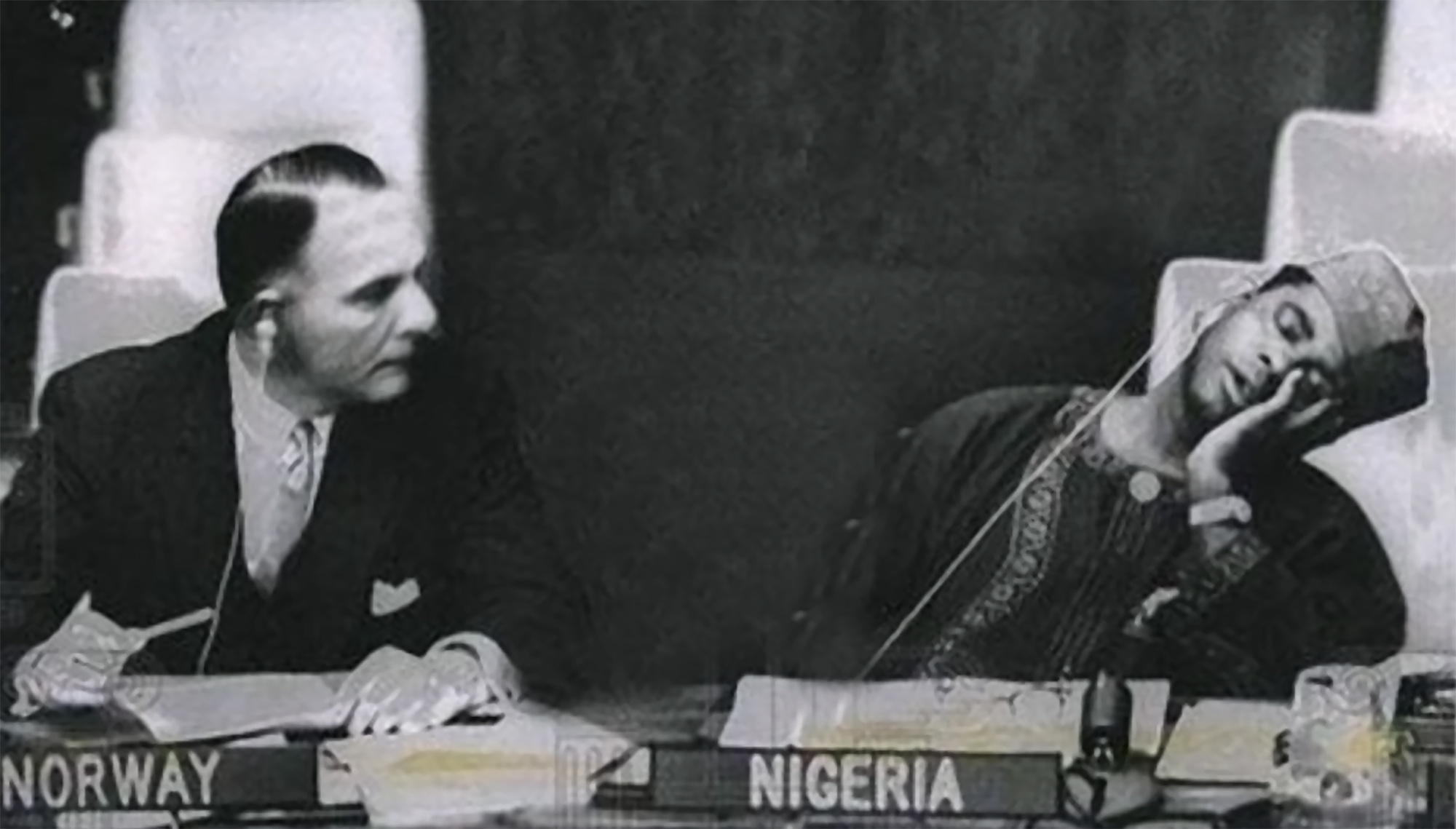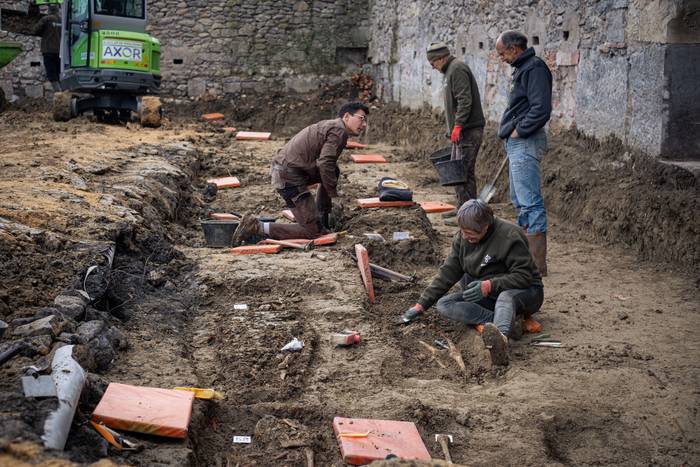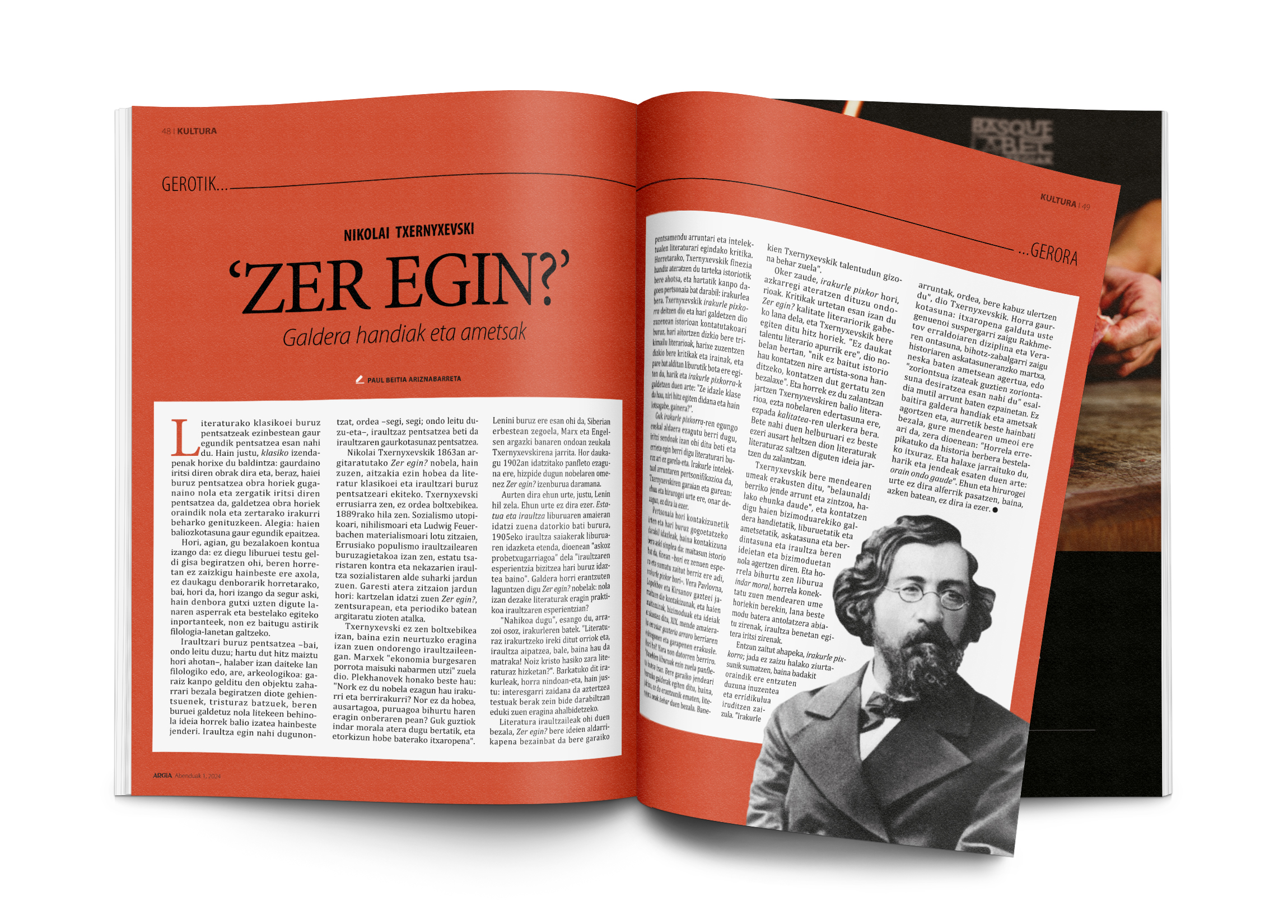Medicinal waters and moldy air
- Zestoa, around 1760. The dog of the Marqués de San Millán found wells of hot water. He was sick with scabies and the dog had been cured in these wells. The resort was opened in 1804, becoming the first tourist facility in Euskal Herria. Starting in 1893, more tourists began to arrive after the construction of the Gran Hotel. And in the happy 1920s, the influence of the outsiders began to emerge in the mentalities and customs of the Zestoarras, among them dance, as Fernando Arzallus recently gathered in the popular magazine Danbolin.

Arzallus received a release from 1928 in the festival program twenty years ago. The document shows that, after the May festivities of that year, the mayor banned related dances, which "outraged" the citizens. The municipal authorities discussed the response of the Zestoa neighbours and took up the paper debate.
Herita Félix Zunzunegi said that “he is not in favour of related dance, let alone of that vertiginous dance that dances in the plaza here; that he asks to do what is done in the surrounding villages, in Azpeitia and Azkoitia (…); that he is in favour of music but not of erotic dance and that, therefore, it seems inappropriate.” In Azpeitia and Azkoitia they seemed to have solved the problem, but the erotic dances that came from outside in the surrounding villages were not as entrenched as in Zestoa.
The mayor, Ramón Izeta, agreed with Zunzunegi, but knew that “musicians were against playing only loose dances, so he considered it appropriate to leave all dancers to submerge, but the protests have reached that level and it is not possible not to give what they ask.” So he made a compromise proposal: to touch one piece loose and the other tied.
Antonio Egiguren’s decision, both on one side and on the other, was unanimously adopted to avoid further confrontations, and the mayor’s proposal was finally accepted: “Let the band touch one loose piece and another tied, but at the time of the angelus, that is to say at dusk, with the condition of finishing everything.” But “let it not be called a dance that is considered scandalous, such as fox-trot, charleston, tangos, etc.”
New York, 1960. At a UN meeting, Nigeria’s Foreign Minister and UN ambassador Jaja Wachucu slept. Nigeria had just achieved independence on 1 October. Therefore, Wachuku became the first UN representative in Nigeria and had just taken office.
In contradiction to the... [+]
Today, 50 years ago, the labor movement of the Basque Country wrote a very important chapter in its history. In Hegoalde, some 200,000 workers went on a general strike in protest against the Franco regime, which lasted two months. This mobilization made it clear that the... [+]
Researchers at Johns Hopkins University have discovered several cylinders with inscriptions at the present Syrian Reservoir, the Tell Umm-el Marra. Experts believe that the signs written in these pieces of clay can be alphabetical.
In the 15th century a. The cylinders have... [+]
Pamplona, 1939. At the beginning of the year, the bullring in the city was used as a concentration camp by the Francoists. It was officially capable of 3,000 prisoners of war, at a time when there was no front in Navarre, so those locked up there should be regarded as prisoners... [+]
London 1928. At the Victoria and Albert Museum there was a very special painting: in the painting there is a black man, with wig and Levite, surrounded by books and scientific instruments. Thus it was catalogued in the Museum: “Unique satirical portrait representing a failed... [+]
It is said that Simone de Beauvoir wrote that the oppressor would not be so strong if he did not have complicit in the lines of the oppressed. It seems very normal to me... What do you want? When you're down, it's also understandable that you want to improve your condition, and... [+]
Thinking about literary classics necessarily means thinking from today. It is precisely the classical name that is conditioned to the fact that these works have come to this day, so to think about them is to think about how and why those works have come to us, to ask how and for... [+]





















